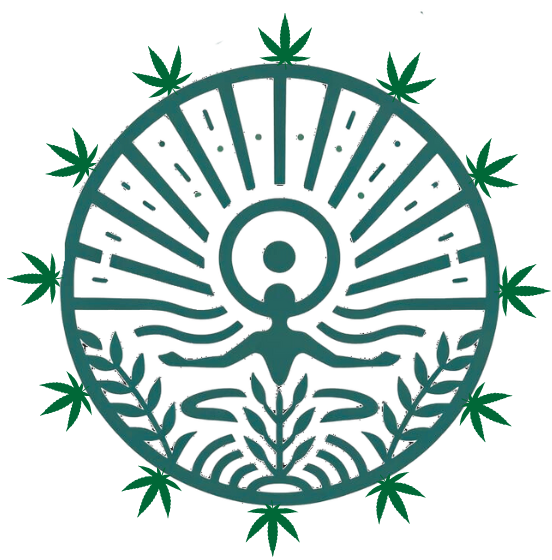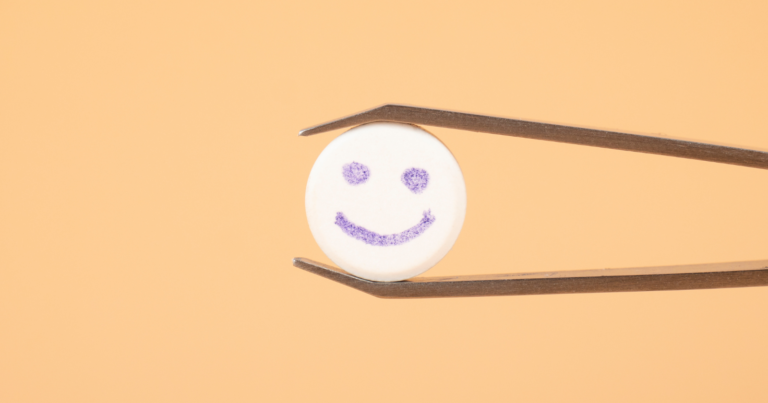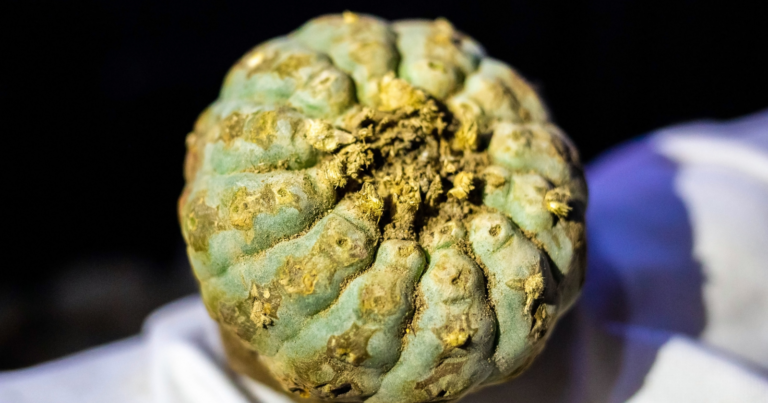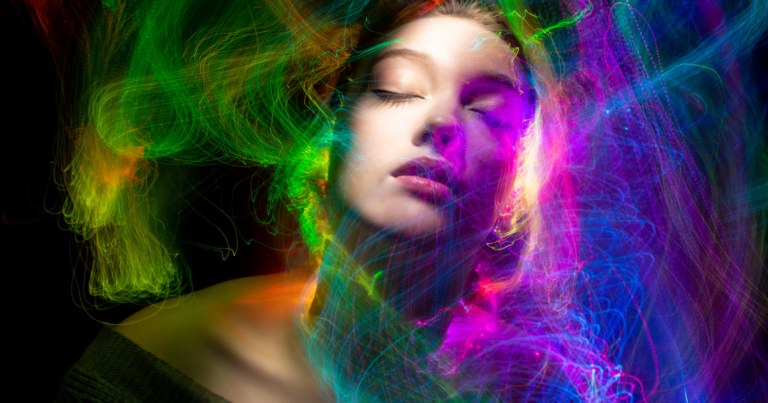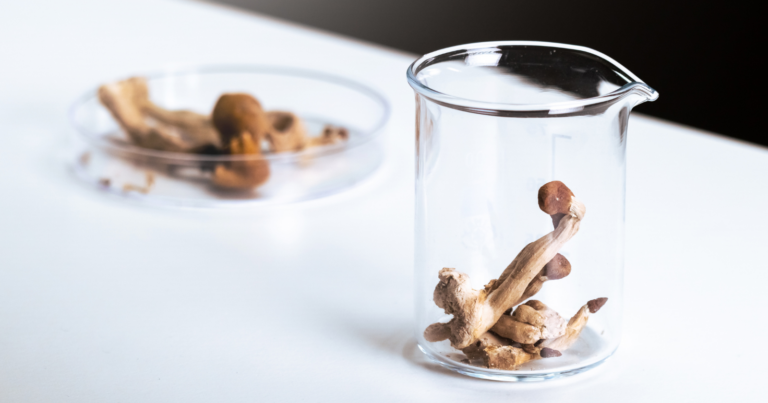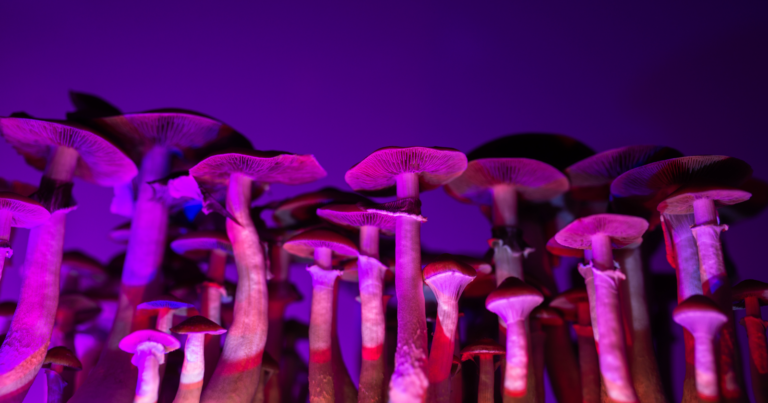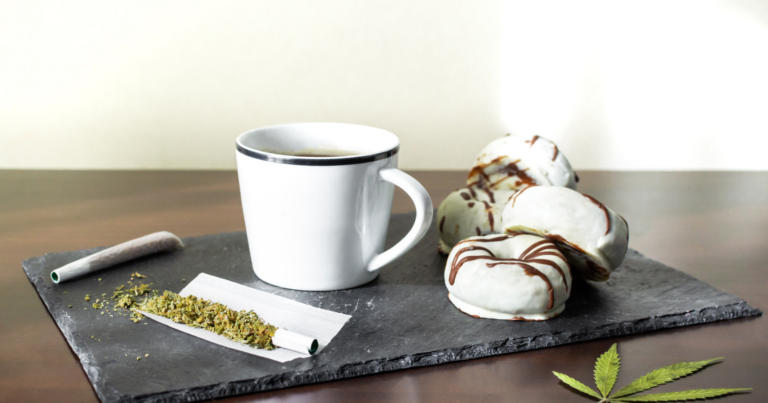Psychedelics have long transcended mere recreational use, deeply rooted in the spiritual and medicinal practices of various cultures.
From the peyote ceremonies of Native Americans to the ayahuasca rituals of the Amazon, these substances have been pivotal in traditional healing ceremonies.
Traditionally, hallucinogens were used for healing and transformation.
In this article, I’ll explore the historical use of psychedelics in these ancient rituals and how they’ve been harnessed to treat ailments of the mind, body, and spirit.
Let’s delve into the mystical world of traditional healing with psychedelics.
Psychedelics in Native American ceremonies
Peering into the practices of Native American tribes, we discover a profound use of psychedelics.
The peyote cactus, rich in mescaline, was central to the religious rituals of tribes such as the Navajo and Comanche.
Consumed during night-long ceremonies, peyote was believed to enable communication with the spiritual realm, inducing visions and insights for healing and guidance.
Similarly, the use of psilocybin mushrooms by the Mazatec people of Mexico was integral to their religious and healing ceremonies.
The mushrooms were revered as sacred beings that provided wisdom and healing when consumed.
These two examples highlight how psychedelics were used as tools for spiritual exploration and healing in traditional Native American practices.
Ayahuasca and South American shamans
Venturing into the heart of South America, we encounter the mystical brew ayahuasca.
Indigenous tribes in the Amazon basin used this potent mixture of plants under the guidance of a shaman.
As a matter of fact, Ayahuasca contains the powerful psychedelic DMT.
Therefore, it was consumed in ceremonial settings to cleanse the spirit and reveal visions offering wisdom and guidance.
Did you know?
Despite its potent effects, DMT is naturally present in small amounts in the human brain. The effects of DMT when consumed orally are usually inhibited by an enzyme in our stomach called monoamine oxidase.
However, the ayahuasca brew cleverly includes another plant that contains monoamine oxidase inhibitors (MAOIs), allowing the DMT to take effect.
Iboga in African tribal rituals
Journeying to the African continent, we find the use of the iboga plant in traditional ceremonies.
Iboga was primarily used by the Bwiti tribe in Gabon.
Since it contains a potent psychedelic ibogaine, it played a significant role in rites of passage and healing rituals.
Interestingly, the tribe believed that consuming iboga granted them access to the ancestral spirit world and provided guidance.
One example of its use is in initiation ceremonies for young adults.
Participants consumed iboga under the supervision of tribal elders, embarking on a spiritual journey lasting several days.
This experience was seen as a profound rite of passage into adulthood, providing deep introspection and personal growth.
The use of iboga for spiritual and healing purposes highlights yet another historical application of psychedelics in traditional ceremonies.
Soma in ancient Indian rituals
Soma is frequently mentioned in the Vedas, sacred Hindu scriptures dating back to 1500 BC.
The exact identity of Soma is unknown today, but many speculate it was a psychedelic, possibly derived from a mushroom.
For the ancients, Soma was more than just a substance. It was a god, a divine entity that had healing properties and provided spiritual insight.
It was consumed during religious rituals and hymns were sung in its praise.
Consider this:
If you were to delve into the Rigveda, one of the oldest texts in any Indo-European language, you would find more than 100 hymns dedicated to Soma.
Such reverence illustrates the significant role this presumed psychedelic played in their ritualistic practices.
- Soma was often associated with the God Indra, symbolizing strength and warrior energy.
- The Rigveda describes Soma as granting immortality (Amrita).
Traditional healing ceremonies and psychedelics
The application of psychedelics in traditional healing ceremonies was multifaceted.
These substances facilitated spiritual experiences that were transformative and healing.
Particularly, the psychoactive effects were believed to induce a state of consciousness that allowed deeper introspection and connection with a higher power.
One fascinating aspect is how these ceremonies often involved elaborate rituals.
The consumption of the psychedelic substance was not casual or recreational, but a sacred act involving careful preparation and respect for the plant or fungi’s spirit.
For example, the Huichol tribe of Mexico used peyote in their healing rituals. This involved a long pilgrimage to collect the peyote, followed by a ceremonial intake guided by a shaman.
The shaman’s role was critical in these ceremonies — they acted as a guide through the intense psychedelic experience, facilitating the individual’s spiritual journey and interpreting visions.
Interestingly, these traditional uses of psychedelics align with modern therapeutic approaches.
The set (mindset) and setting (environment), which are crucial in modern psychedelic therapy, were intuitively understood by ancient cultures.
This knowledge could potentially inform and enhance our contemporary understanding and application of psychedelics in therapy.
The ancient wisdom of hallucinogens
At this point, we’ve delved into various aspects of the historical use of psychedelics.
It’s fascinating, isn’t it?
How these substances, steeped in ancient wisdom, have been used for healing and spiritual growth.
Now, let’s take a moment to reflect on what this means for us.
It’s clear that our ancestors had a deep understanding of the natural world and its potential to heal and transform. They recognized the power of these plants and fungi, using them with reverence and respect.
This isn’t just historical trivia. It’s an invitation for us to learn from their wisdom.
As we continue to explore the potential of psychedelics in modern medicine, let’s not forget their roots.
These substances were not seen as quick fixes but as tools to facilitate deep personal growth and transformation.
I believe there’s much we can learn from this ancient wisdom. As we move forward, let’s do so with respect for these powerful substances and the cultures that have used them for millennia.
